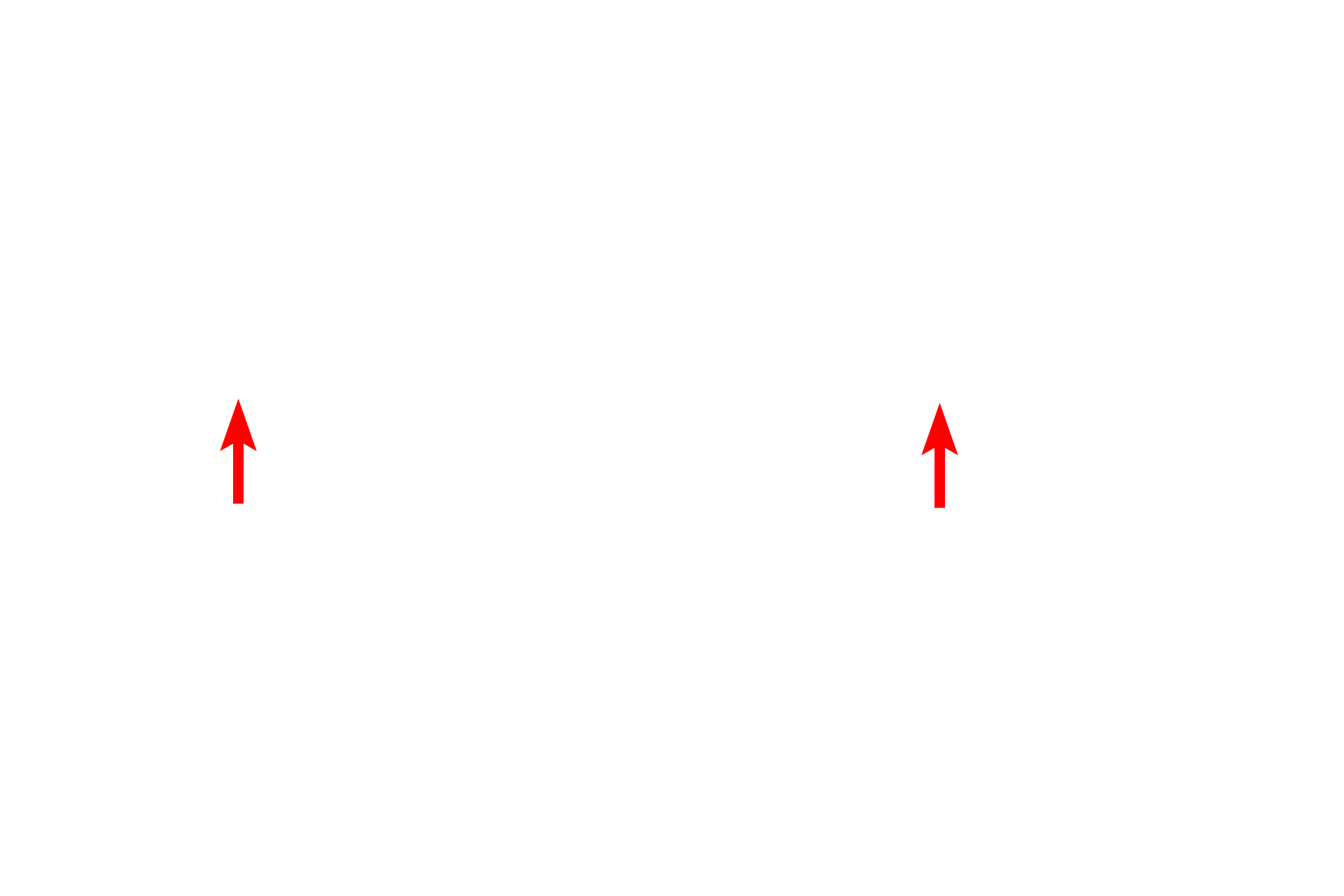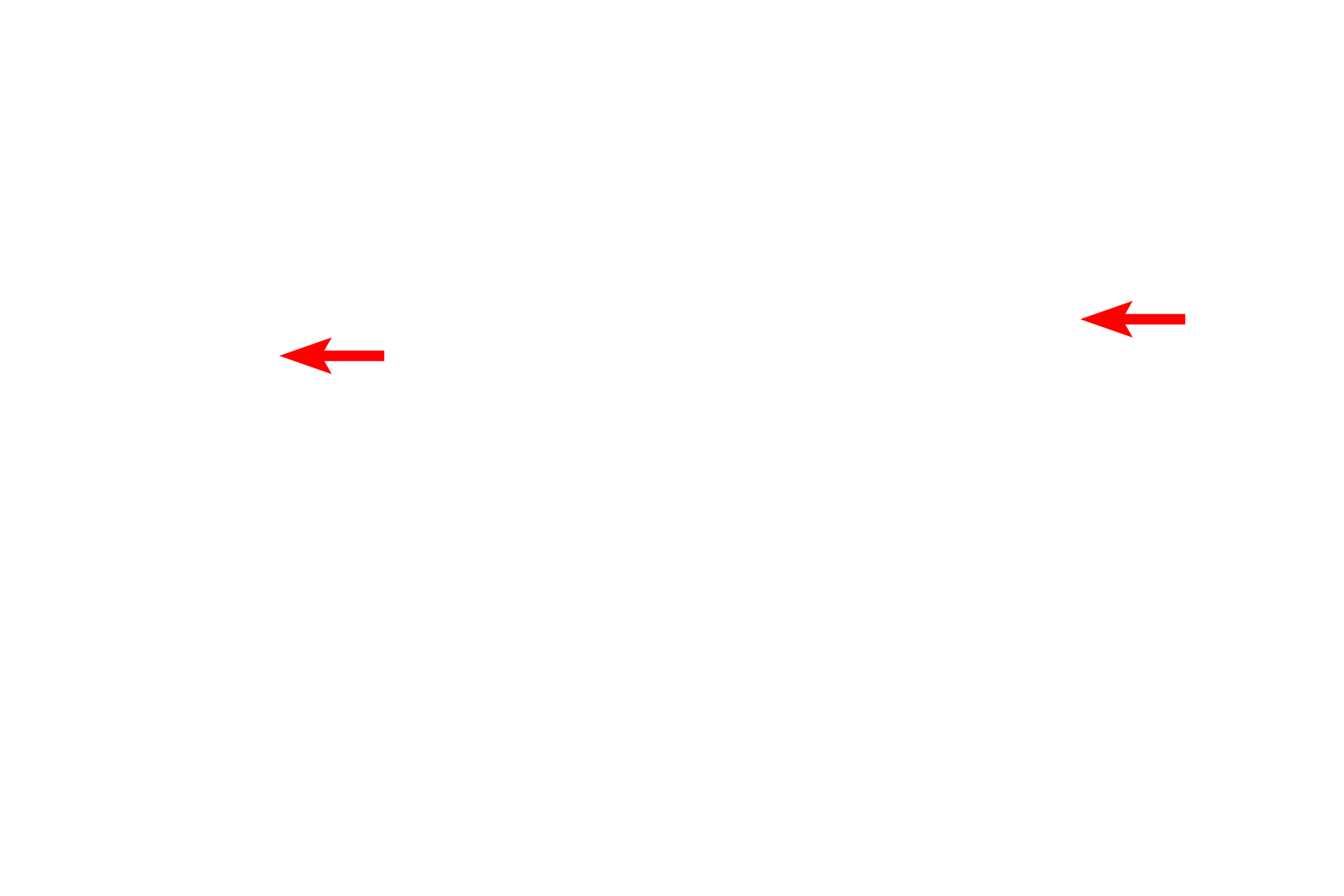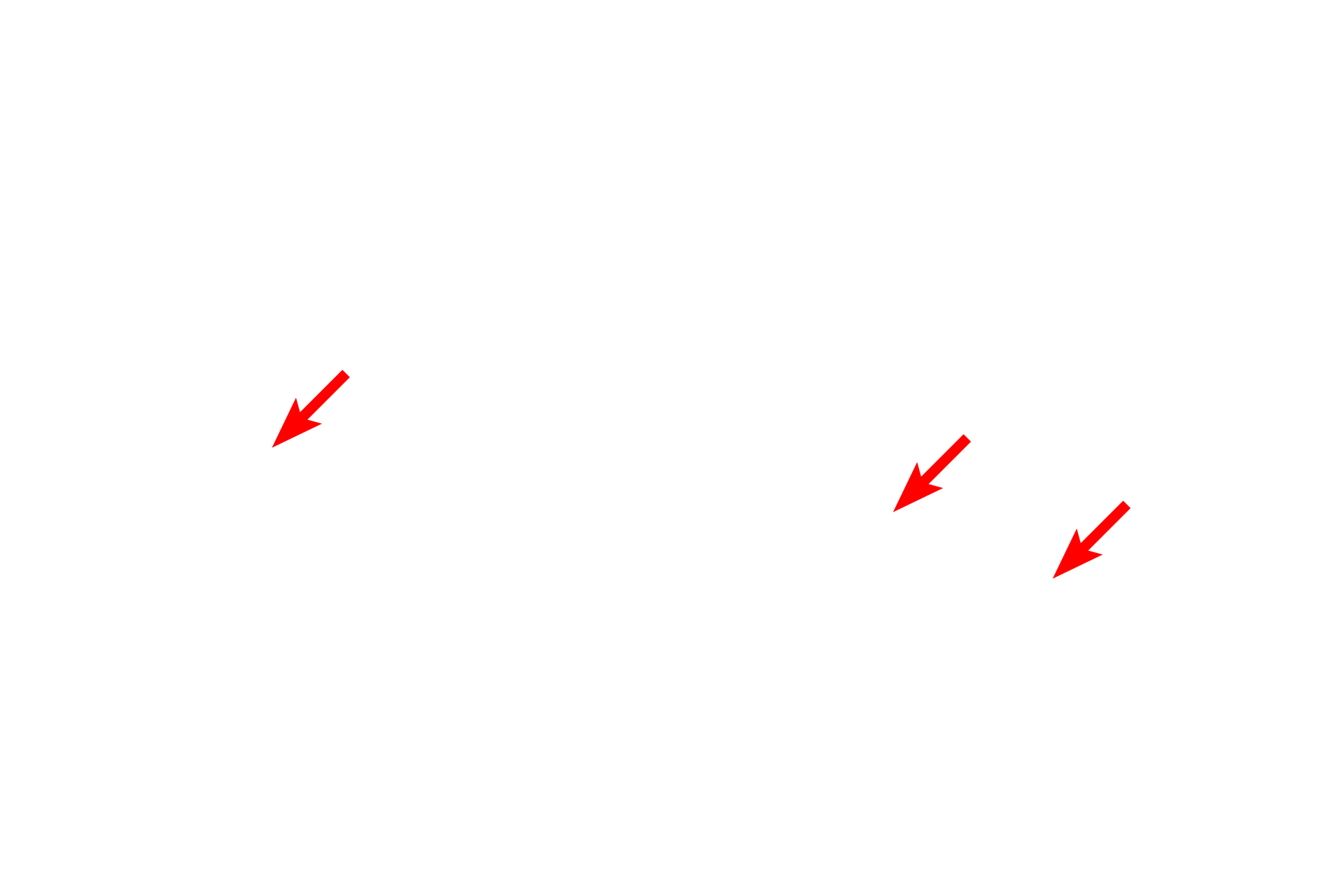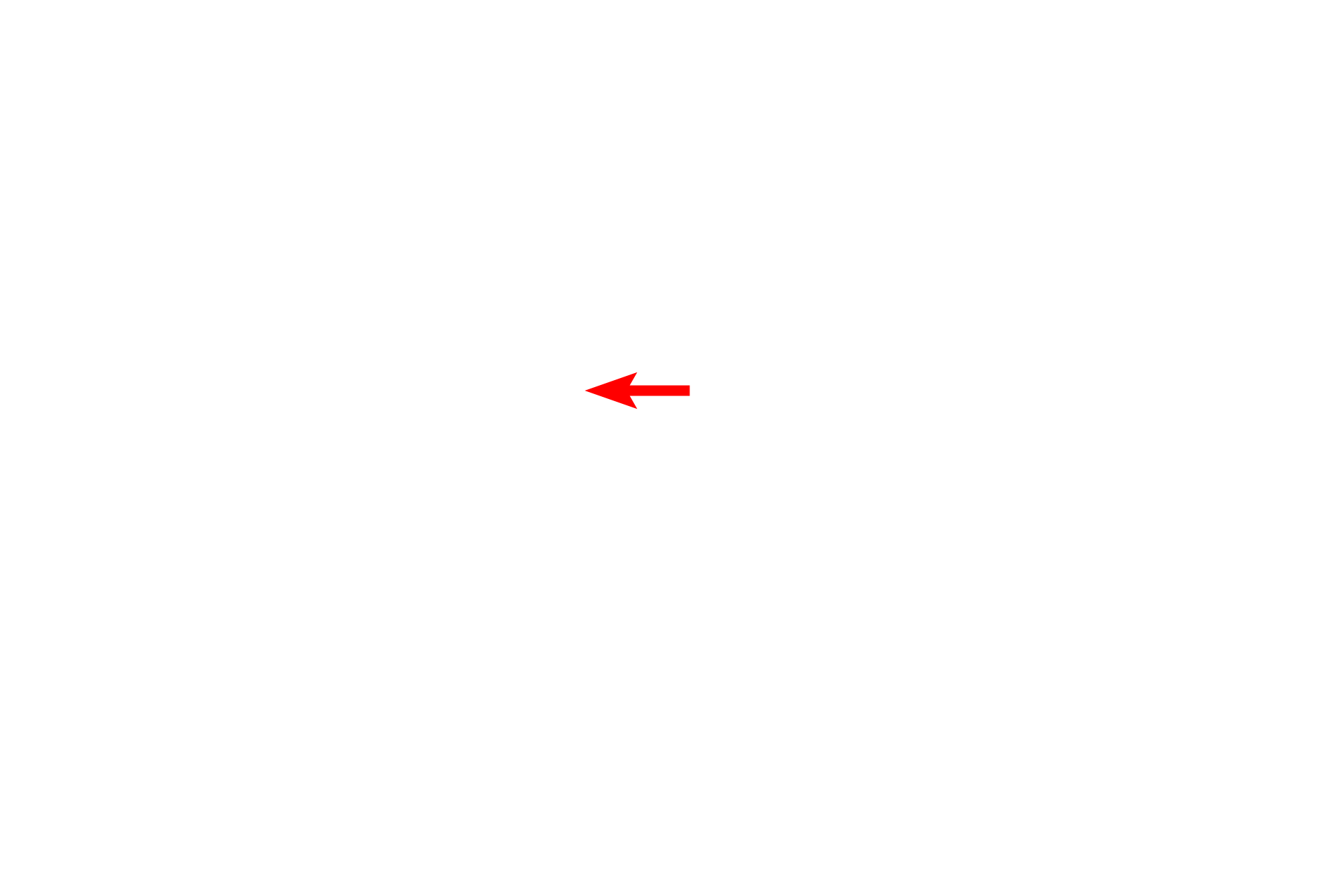
Sectioning – Light microscopy
After fixation and embedding, tissues are sectioned. Sectioning is commonly performed using a rotary microtome, pictured in these images for paraffin-embedded tissues. Tissue embedded in paraffin, referred to as the tissue block, is secured in a holder attached to a moveable arm of the microtome. For LM, section thickness is generally between 5 to 25 microns.

Tissue
After fixation and embedding, tissues are sectioned. Sectioning is commonly performed using a rotary microtome, pictured in these images for paraffin-embedded tissues. Tissue embedded in paraffin, referred to as the tissue block, is secured in a holder attached to a moveable arm of the microtome. For LM, section thickness is generally between 5 to 25 microns.

Paraffin
After fixation and embedding, tissues are sectioned. Sectioning is commonly performed using a rotary microtome, pictured in these images for paraffin-embedded tissues. Tissue embedded in paraffin, referred to as the tissue block, is secured in a holder attached to a moveable arm of the microtome. For LM, section thickness is generally between 5 to 25 microns.

Tissue block holder
After fixation and embedding, tissues are sectioned. Sectioning is commonly performed using a rotary microtome, pictured in these images for paraffin-embedded tissues. Tissue embedded in paraffin, referred to as the tissue block, is secured in a holder attached to a moveable arm of the microtome. For LM, section thickness is generally between 5 to 25 microns.

Knife blade >
The metal knife is secured in the knife holder in front of the tissue block.

Handwheel >
The operator rotates the handwheel, which moves the tissue block up and down past the metal knife edge. With each successive rotation of the handwheel, the tissue advances toward the blade by a distance set by the operator.

Section thickness adjustment
The operator rotates the handwheel, which moves the tissue block up and down past the metal knife edge. With each successive rotation of the handwheel, the tissue advances toward the blade by a distance set by the operator.

Sections >
As sections are generated, they form a ribbon. Sections are then collected and placed on glass slides for staining.